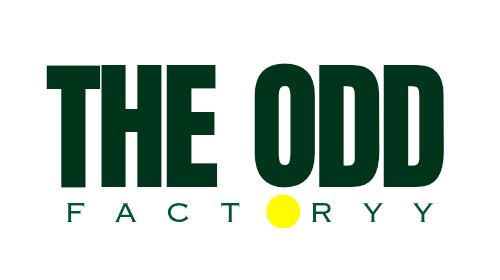Welcome to The ODD Factory’s in-depth exploration into the art of pattern-making for fashion design. This craft is the cornerstone of creating stunning, well-fitting apparel, acting as the linchpin between a designer’s vision and the final garment. Today, we’ll guide you through this fascinating process, which is vital for designing clothes, creating dress patterns for women, and mastering the nuances of garment manufacturing. Whether you’re a budding fashion designer or a seasoned expert, this guide will enhance your understanding of pattern making.
What is Pattern Making?
Pattern making is the art and science of creating templates or ‘patterns’ used in the making of clothes. It’s a crucial step in garment manufacturing, bridging the gap between a design concept and a wearable piece of clothing. In the world of fashion design, pattern making enables designers to translate their imaginative designs into tangible garments. It involves drafting patterns that serve as a guide for cutting and assembling fabric pieces.
What is a Basic Pattern?
- Fundamental Concept: A basic pattern, or block, is the fundamental template from which all fashion designs originate. It’s devoid of any style elements, focusing solely on fit.
- Versatility: The basic pattern is adaptable, serving as the foundation for myriad designs, from simple shirts to intricate gowns.
- Accuracy and Fit: It’s custom-made to fit a specific set of measurements, ensuring that subsequent designs tailored from it offer an impeccable fit.
- Variety for Different Garments: Separate basic patterns exist for different garment types, such as bodices, sleeves, skirts, and pants, each catering to various body parts.
- Iterative Refinement: Through a process of trial and error, basic patterns are continually refined to achieve perfection in fit and form.
Tools Required for Pattern Making
To embark on your pattern making journey, you need a set of specialized tools. These include:
- Measuring Tape: Precision is key in pattern making, making a reliable measuring tape essential.
- Pattern Paper: Durable and sizable, it’s the canvas for drawing patterns.
- Tracing Wheel and Carbon Paper: For accurate transfer of patterns onto fabric.
- Rulers: Various types, including straight, L-shaped, and curved, are vital for precise drawing.
- Scissors: Separate scissors for paper and fabric are essential to maintain sharpness.
- Pencils and Markers: For marking and adjusting patterns.
- Pins and Weights: To hold patterns and fabric in place during the marking and cutting process.
Investing in quality tools not only makes the process easier but also ensures accuracy in your pattern making.
How Do You Determine Your Garment Specs?
Determining your garment specifications involves a few key steps:
- Body Measurements: Begin by taking precise measurements of the intended wearer or a standard size model.
- Understanding Size Charts: Familiarize yourself with various sizing standards, which are crucial when designing for different demographics.
- Incorporating Ease: Allowance for ease is critical for comfort and movement in garments.
- Design Elements Incorporation: Reflect on the design’s aesthetic elements like lines, contours, and overall silhouette.
- Fabric Characteristics: The choice of fabric influences the pattern greatly, as different materials behave differently in terms of stretch, drape, and weight.
- Prototype Testing: Creating a prototype or a toile is a practical approach to ensure the specs align with the desired outcome.
What Are The Methods Of Pattern Making?
There are several methods of pattern making, each suited to different levels of expertise and types of designs:
- Drafting from Scratch: This method involves creating patterns based on body measurements and geometric principles.
- Draping Method: Fabric is pinned and manipulated on a dress form to create a pattern, ideal for complex designs and unusual silhouettes.
- Flat Pattern Technique: This involves manipulating a basic pattern to create new styles, a common method for mass-produced garments.
- Computer-Aided Design (CAD): A modern approach where patterns are designed using specialized software, enhancing precision and efficiency.
- Clone Existing Designs: Sometimes designers replicate existing garments, a practical approach for creating patterns for popular styles.
Pattern making is an integral part of fashion design, serving as the blueprint for creating beautiful, well-fitting garments. By mastering this skill, designers can bring their visions to life, crafting dress patterns for women and a range of clothing patterns that align with their creative aspirations. As the fashion industry continues to evolve, the art of pattern making remains a timeless and invaluable skill in the realm of garment manufacturing. Happy designing!



